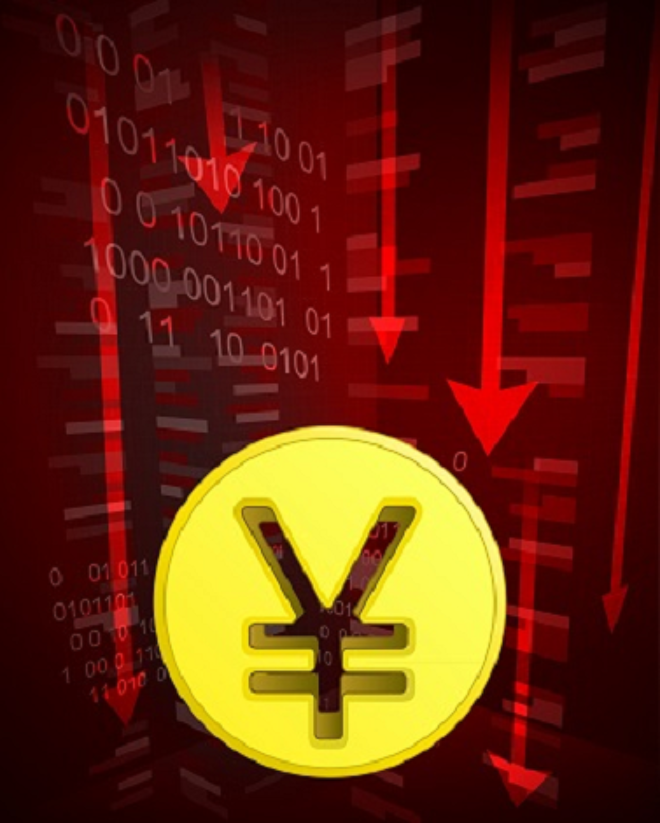Advertisement
Advertisement
China’s Stimulus Measures Fuel Huge Market Reversals
By:
Last week’s tumultuous trading action created two-sided trades in most equity, currency and commodity markets. The common themes all week were excessive
Last week’s tumultuous trading action created two-sided trades in most equity, currency and commodity markets. The common themes all week were excessive volatility and “risk-off” and “risk-on” investing strategies.
The price action on Monday set the tone for the week after China’s stock market tumbled nearly 9 percent, fueling sharp breaks in global equity markets. U.S. equity markets had a volatile session with the S&P 500 and NASDAQ slipping into correction territory, which is a 10 percent decline from recent highs. At one point, the Dow Jones Industrial Average was down over 1,000 points, or almost 7 percent before bargain hunters came in to cut the losses.
Stock market volatility as measured by the CBOE Volatility Index (VIX) moved above 50 for the first time since 2009, setting the stage for a possible major meltdown in the stock market later in the week.
Investors sought out save havens as stock market losses mounted. The most common investing strategy was “risk-off” as money flowed in the gold futures market sending it to its highest level since early July. Crude oil futures also fell well-below the $40.00 level on the idea that a Chinese recession would lead to even lower demand for oil.
A weaker U.S. Dollar also contributed to the rise in gold as investors began to reduce bets for a Fed interest rate hike in September due to the turbulence in the global financial markets. The central bank is not likely to raise interest rates next month while the rest of the world is cutting rates to provide liquidity for their financial systems. This would’ve created potential problems because most of the investing capital in the world would’ve come into the U.S. to capture the higher yield.
The steep drop in equity prices also drove the EUR/USD sharply higher while punishing the USD/JPY. Both the Euro and the Japanese Yen benefitted from the fallout in the equity markets because both are funding currencies due to the extremely low interest rates in the Euro Zone and Japan. During bull markets, investors tend to borrow in the cheapest currency to invest in higher-yielding assets. However, when investors feel the need to dump risky assets, they have to return the money they borrowed.
China came in on Tuesday to stabilize the markets by initiating fresh stimulus measures, triggering a “risk-on” response by traders. The People’s Bank of China cut its one-year lending rate to 4.6% while reducing the reserve requirement for Chinese banks.
In addition, it flooded the market with Yuan to weaken the currency and to provide liquidity for its financial system. The moves by the PBOC were well-received by the markets because by the end of the week, U.S. equity markets had recovered all of their earlier losses. Additionally, gold broke sharply from its one-month high while the Euro and Yen gave back all of their earlier gains and then some.
While most investors were watching the volatile price action in the financial markets, the U.S. released a pair of stronger-than-expected economic reports. U.S. durable goods posted a solid gain, beating the estimates. U.S. GDP also surprised investors, giving the dollar a boost. This report showed that the economy grew by 3.7%, up from the previous 2.3% reading.
A sharp rise in crude oil prices also caught investors off guard. Although it was all likely driven by aggressive short-covering, the October futures contract jumped nearly 12% for the week. Setting the bullish tone for this market was a surprise drawdown in supply, the sharp recovery in equity markets and severely oversold technical conditions.
About the Author
James Hyerczykauthor
James Hyerczyk is a U.S. based seasoned technical analyst and educator with over 40 years of experience in market analysis and trading, specializing in chart patterns and price movement. He is the author of two books on technical analysis and has a background in both futures and stock markets.
Advertisement
